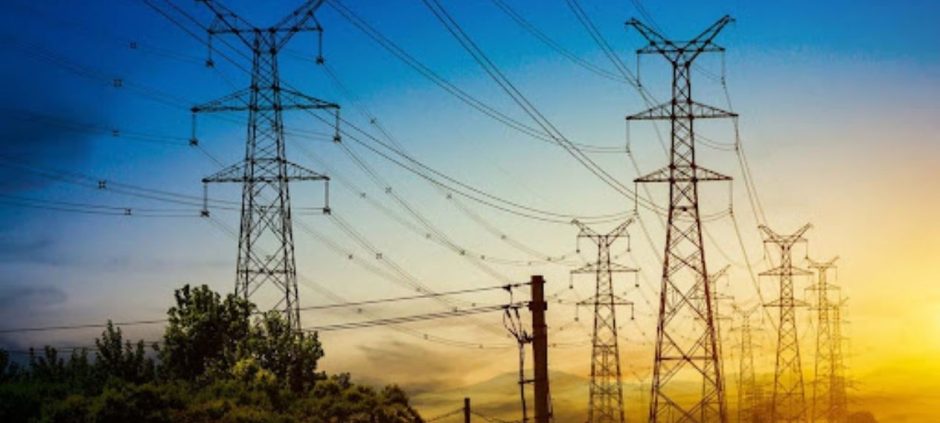Pakistan’s circular debt in the power sector may increase by Rs735 billion during the current fiscal year, potentially raising the total from Rs1.615 trillion to Rs2.35 trillion.
The government has developed a circular debt management plan to contain the increase. Key measures include rebasing electricity tariffs, reducing losses at distribution companies, and improving recovery of dues. These steps are expected to limit the projected rise by Rs212 billion.
To address the remaining Rs522 billion, the plan proposes Rs120 billion in principal repayments. Additionally, the government plans to inject Rs400 billion into state-owned power plants and independent power producers (IPPs) to maintain a zero stock of circular debt.
Officials emphasized that the strategy aligns with IMF requirements, which call for zero net inflow of circular debt in the power sector. The management plan forecasts Rs55 billion in additional revenue from tariff rebasing, Rs18 billion from reduced losses at distribution companies, and Rs121 billion from improved recoveries.
If fully implemented, the government expects to maintain zero net inflow of circular debt for the current fiscal year. This approach aims to stabilize the power sector, strengthen financial discipline, and support sustainable energy financing.
Experts noted that unchecked growth in circular debt could strain public finances and increase electricity costs for consumers. The government’s plan demonstrates a commitment to reform while ensuring that state-owned utilities and IPPs receive timely payments.
In other related news also read Circular Debt Expected to Rise by Rs545b
The success of these measures will be monitored closely by both the government and the IMF to ensure compliance and safeguard Pakistan’s energy sector from future financial risks.










